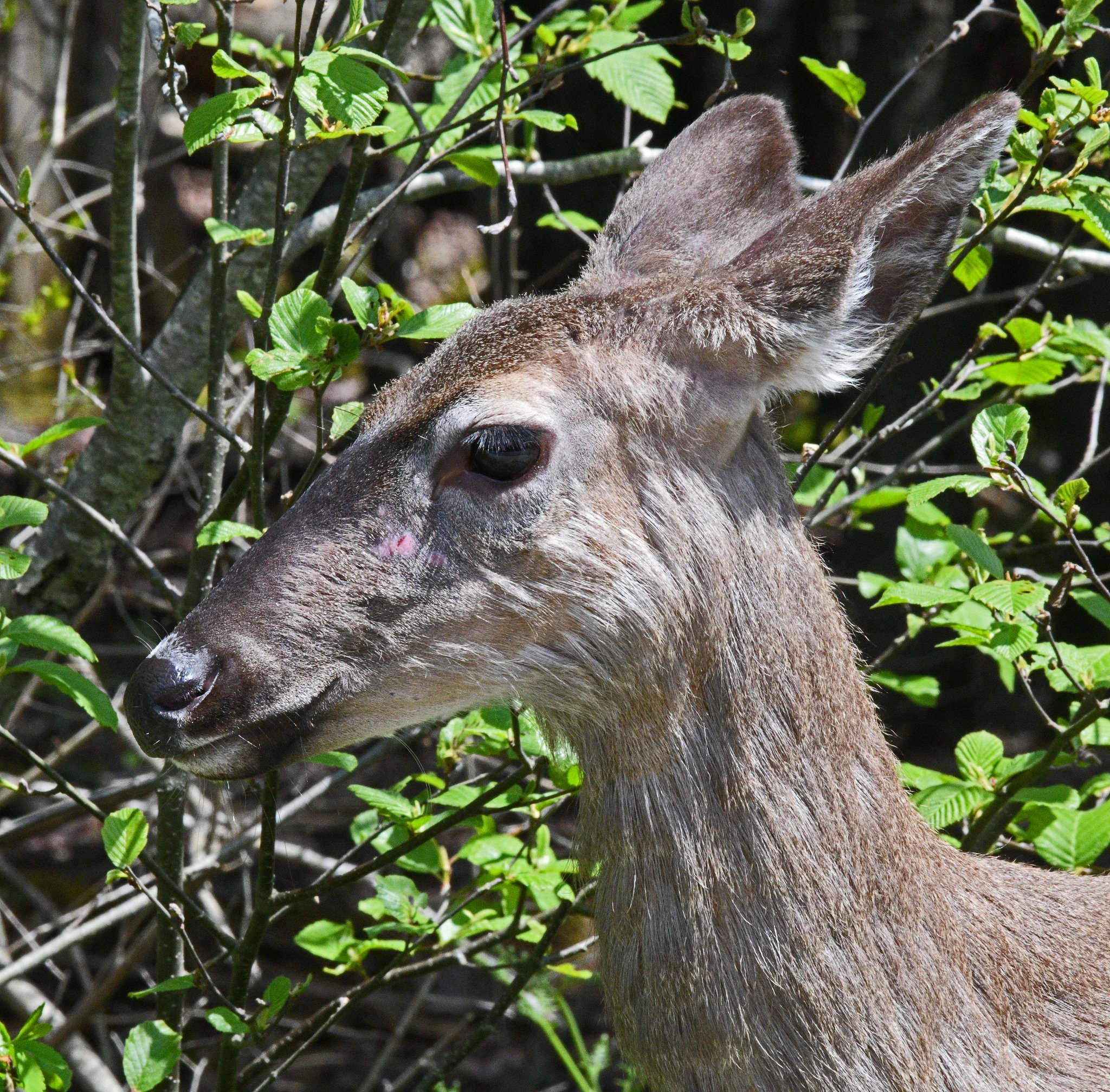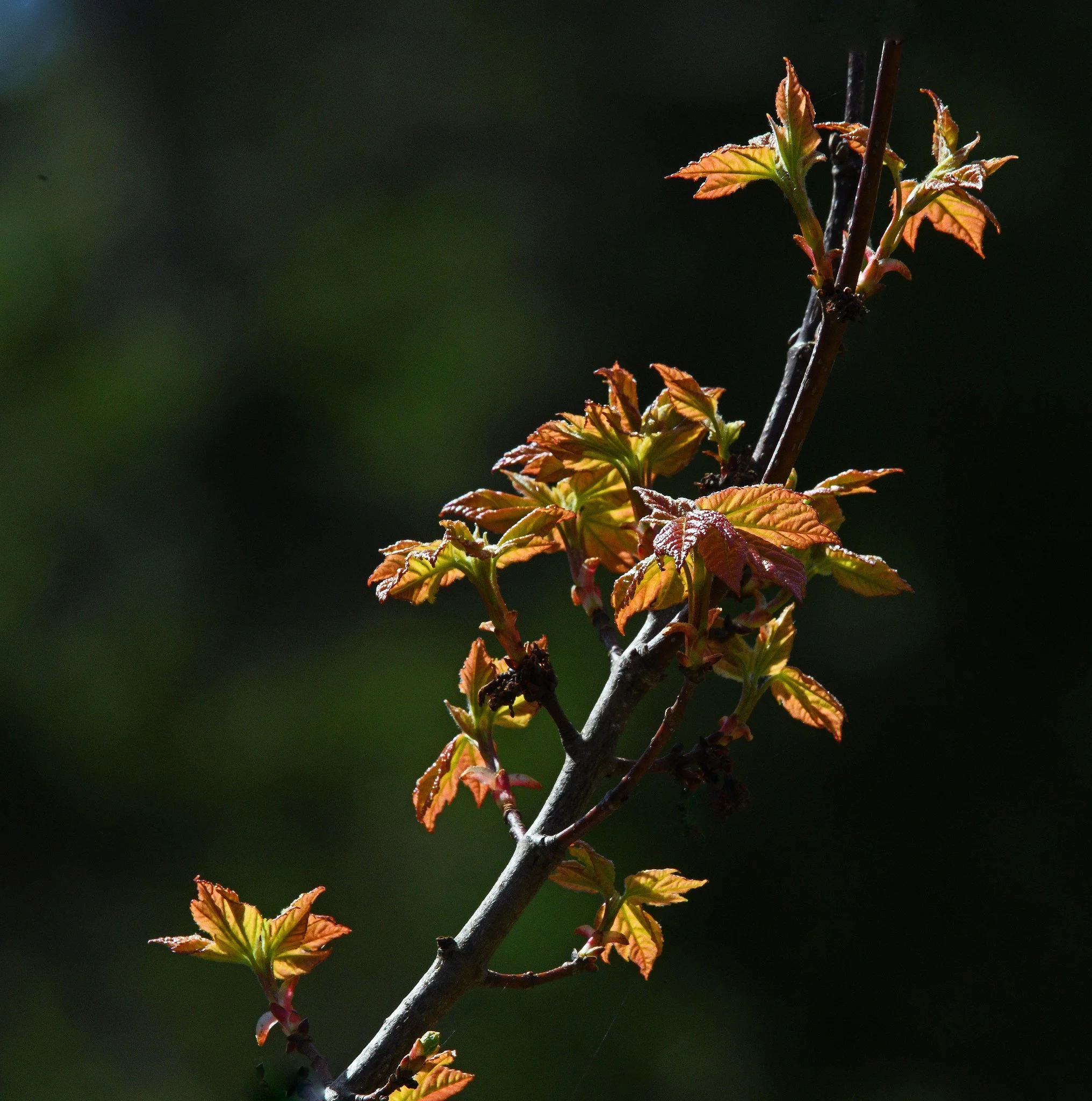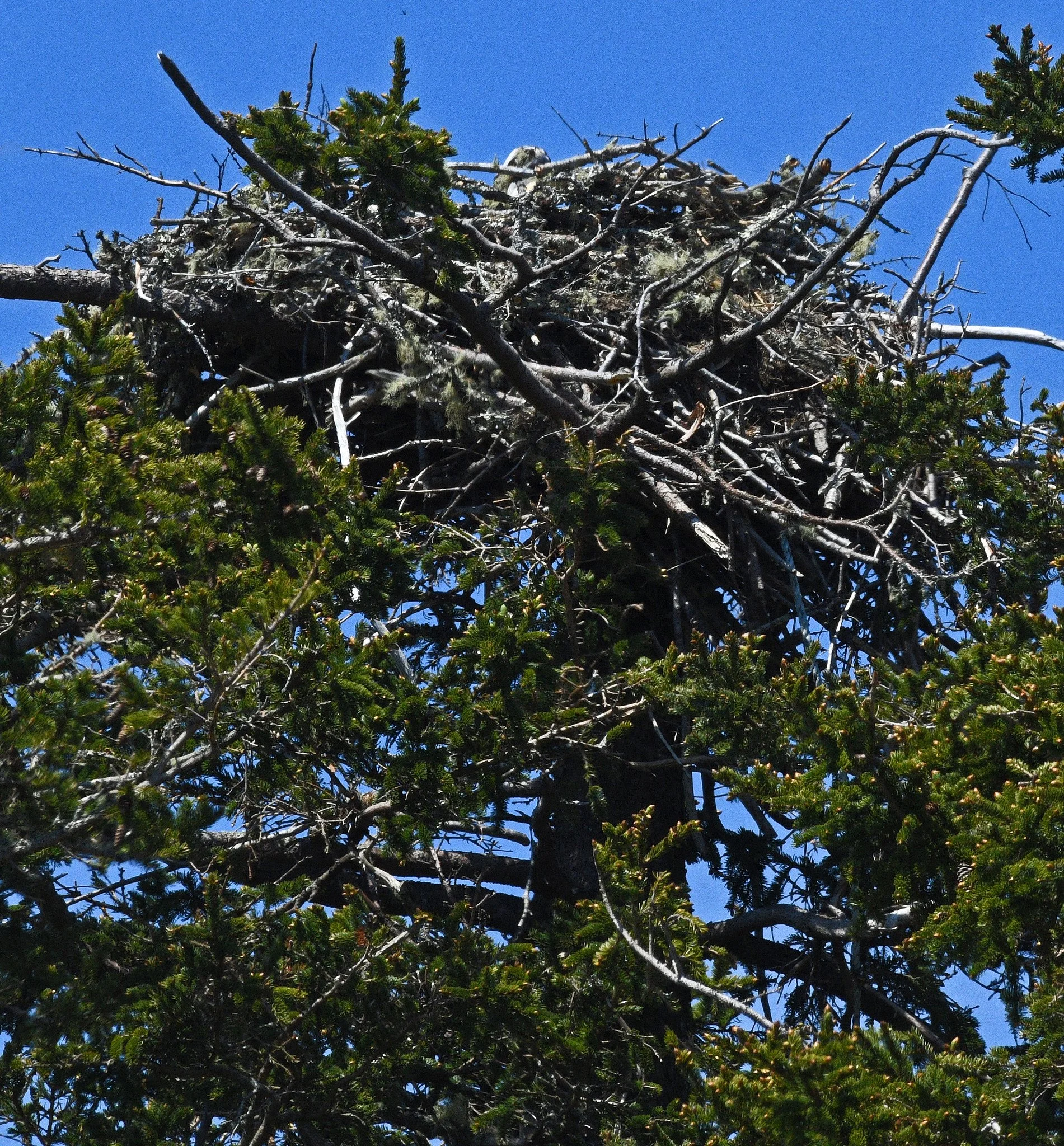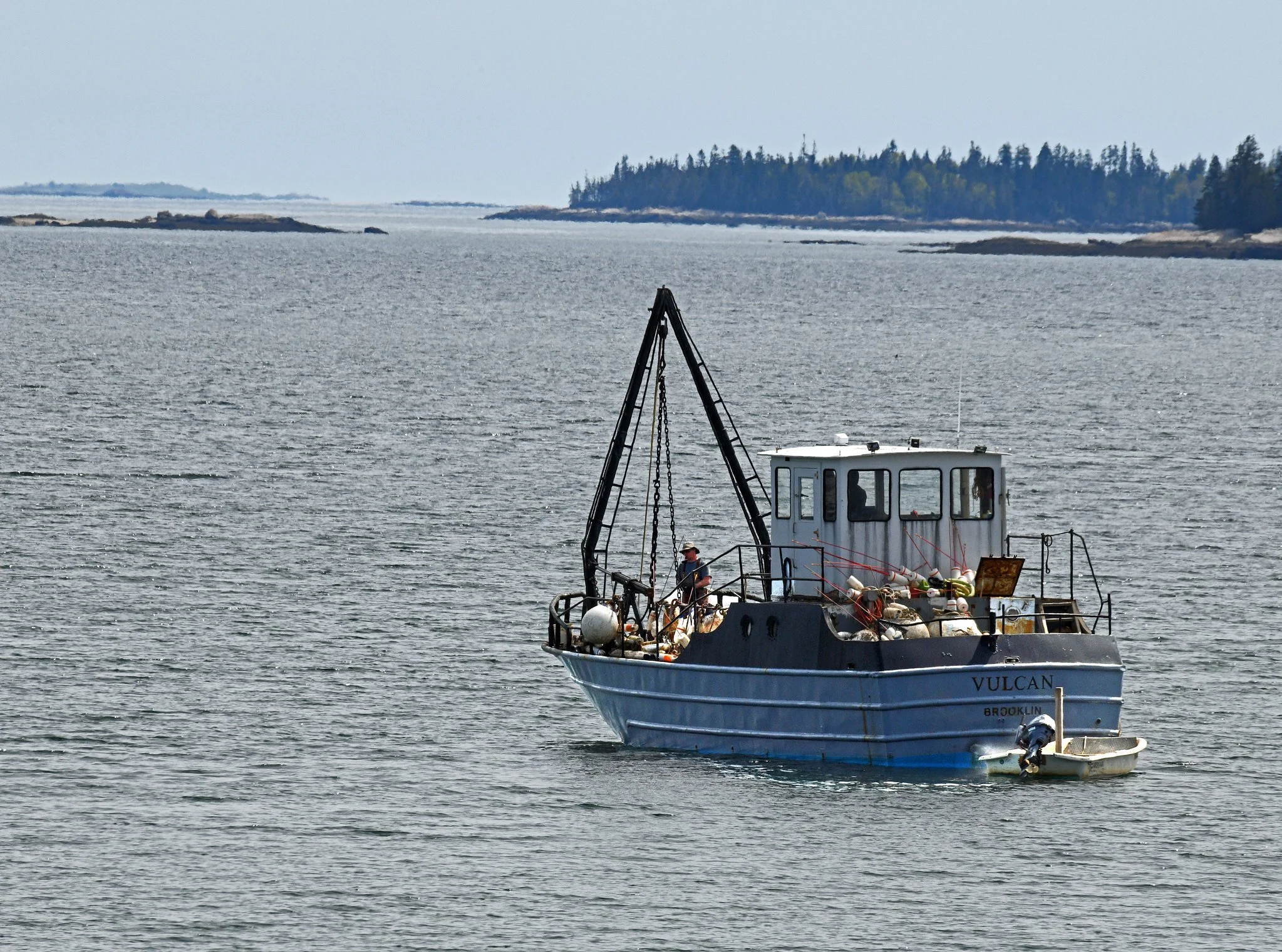Sometimes important changes look like they’ve been in place forever because they’re so right. I think that’s the case with the projection into Naskeag Harbor that you see below alongside the Town Dock at high tide yesterday.
It’s a tie-up float that was installed this week. Our fishermen (and others) finally will have a suitable place to park the small boats that they use to get to and from their vessels moored in the Harbor. Here it is at low tide yesterday:
On the other hand, some important changes look like they’ve destroyed the present, which sometimes needs destruction. I think that’s the case with our Town’s massive efforts to remove big trees that have taken over road shoulders and otherwise have been encroaching on our roads:
Recent vicious storms have been toppling too many of these trees onto the roads and bringing down power and wi-fi lines. (Images taken in Brooklin, Maine, on May 24 and 15, 2024.)













































